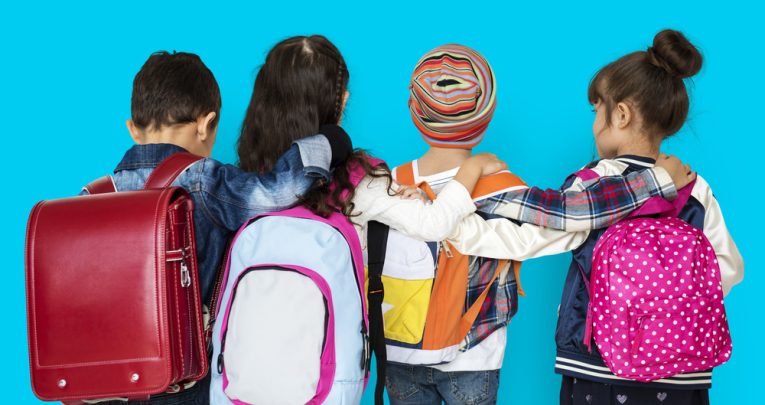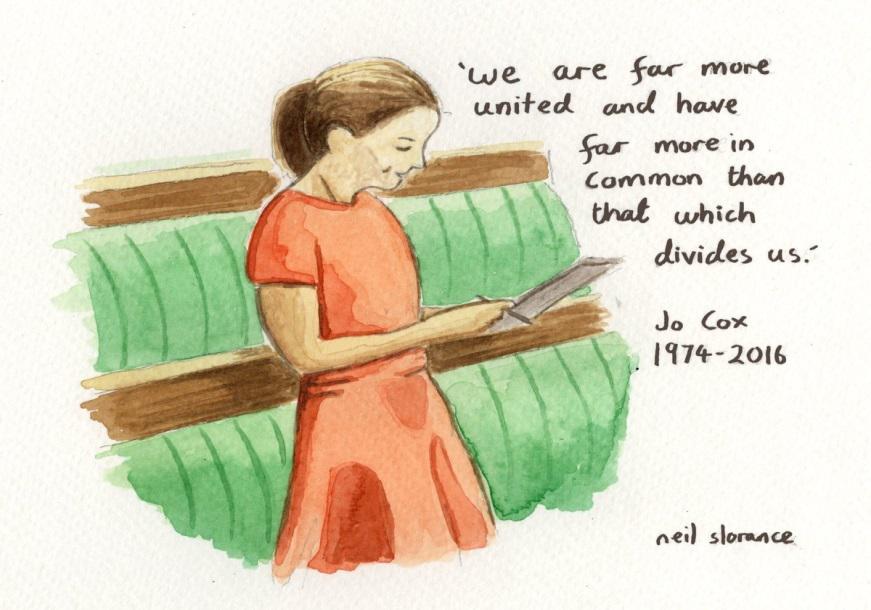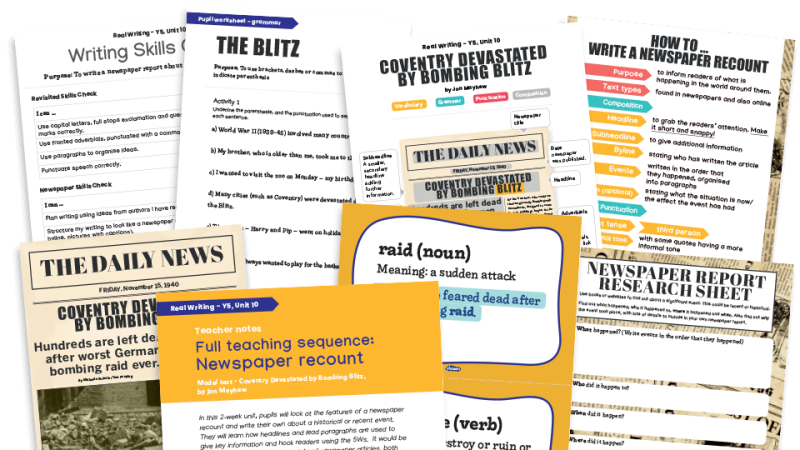Maya’s Lesson: The Power Of Pupil Exchange Between Schools With Different Pupil Characteristics

How two schools with different demographics came together to learn about other people and cultures face to face

Maya Angelou said that it is important to ‘teach young people early on that in diversity there is beauty and there is strength’. When she said this, she was referring to the role of parents, but during this academic year, at our school (and elsewhere), with the help of others, we decided to ‘teach’ Maya’s lesson.
I will go as far as to assert that Maya’s lesson is more vital now than ever before, since often our understanding of the ‘other’ is shaped not by experience, but by a form of negative osmosis via media misreporting and hearsay.
A question we perhaps should be asking: Are our pupils affected by this? And if the answer is ‘yes’, then what is the antidote?
Well, education, of course. We had the lesson objective (see Maya’s quote), but what about the delivery? How did we go about teaching Maya’s lesson?
I believe that the most effective way of doing this is linking schools with different characteristics and allowing pupils to have shared experiences – not just remotely, but in person.
The process began through a chance meeting with a headteacher from another Leicester school during an Artsmark course. As we discussed our respective schools, we highlighted the need for our pupils to gain certain experiences and how we could collaborate to make this happen. Last summer, this led to pupils from our school going over to his school to perform an Eid assembly and play sports – it was a wonderful day.
Why is all this important? Well, the pupil demographics of our school is mainly Asian British, with 98% of pupils being Muslim. The pupil demographics of the surrounding area is almost the same.
The demographic of the school with whom we are collaborating is mainly White British, from either Christian or non-faith backgrounds.
Recently we had the pleasure of hosting the same school as part of a reciprocal visit. The HT of the other school had expressed an interest in his pupils visiting a local place of worship in our area and our Year 5 pupils had already planned to visit Leicester Central Mosque as part of their RE work, having visited Leicester Cathedral at Christmas. So, we invited them to join us, not just for the visit but to spend the entire day with us.
Next time you plan a school trip, why not get children from another school, a very different school, to join you in order to add another dimension to your trip? We decided that the day would be an RE and art collaboration day. Our amazing staff put in a tremendous amount of work into the preparation, and before pupils and staff from the other school arrived, we discussed ice breakers with our students and what topics could facilitate conversation – they preferred music and football rather than the weather!
When our visitors arrived we set the tone for the day through a hashtag: #learningtogether.
After the necessary formalities, off we went to the mosque. Whilst there, the pupils were led on a learning tour by a volunteer who had kindly given over his morning to us.
At this stage, the pupils hadn’t interacted much with each other, but it was getting there. Once we had seen the ablution (wash) rooms, the mihrab (prayer niche) and the mimbar (pulpit), the pupils were asked to get their sketch books, group together with children from a different school to theirs and draw features of the mosque that interested them. This allowed them to work on their social skills and step out their comfort zones.
Once all were settled and working away, we eavesdropped on their conversations:
They discussed Arabic calligraphy (‘What does that say?’ ‘I can read some words but I’m still learning’). They discussed shading techniques (‘Ooh, that’s nice-how do you do that?’ ‘Let me show you’), and they discussed, yes you’ve guessed it, football (‘Ronaldo or Messi?’ ‘Jamie Vardy’).
The walk back from the mosque was very different to the walk there. There were plans being hatched regarding cross-school lunch groupings and who would play football/cricket/tag with who. The ice was melting.
After lunch and some friendly games on our playground (‘You don’t have any grass!’ ‘No, we don’t, do you?’) the children had an afternoon of collaborative art activities based on the their visit to the mosque: clay tiles with geometric patterns, Arabic calligraphy centred upon the word ‘Peace’ (Salaam), prayers mats and mosque silhouettes. The children were once again in ‘mixed school’ groupings as they got to know each other and made connections through art.
What are the outcomes for pupils engaging in such activities?
- The development of questioning skills – “Does your hijab have to be black?”
- Recognition that identity is complex – “ We are quite similar!”
- Understanding that “normal” is subjective based on one’s background and past experiences
- The development of British values – tolerance and respect
- The development of social skills – “How shall we organise the football teams?”
‘Miss, miss…I’ve made friends with a Muslim!’
‘Hey, you’ve actually got blue eyes. That’s so cool.’
That’s the beauty Maya was talking about.
I end with the words of the late Joe Cox MP who said this:
 How will we know this unless we meet?
How will we know this unless we meet?
The two schools (now firm friends) who took part in this project were Charnwood Primary School and Glebelands Primary School, both in Leicester.
Farhaan Patel has worked in primary education for the last 15 years, and is currently a deputy head in an outstanding, two-form entry primary school in the heart of Leicester. He believes that ‘Educating the mind, without educating the heart is no education at all’, and that books are the best things in the world.
You can find him at educatingheartsblog.wordpress.com and follow him on Twitter at @DeputyDifferent.












